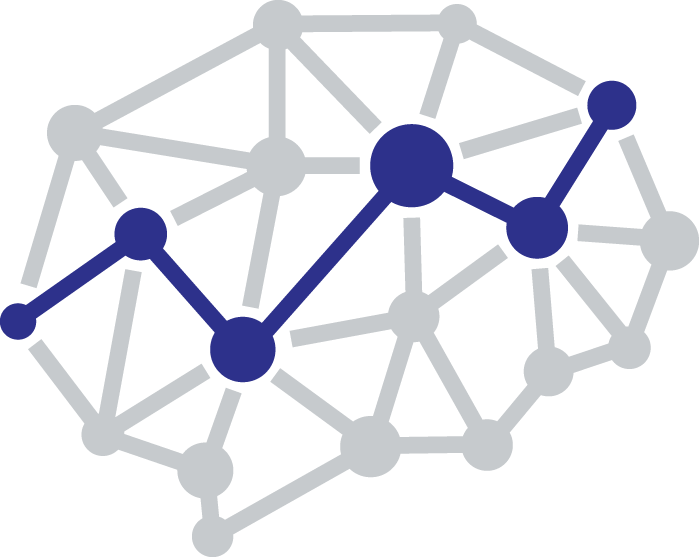How adopting a product mindset can help agile organizations win digitally
The fight for talent is on all over the world. Companies need more engineering, product, user experience, QA automation, and developers than they can find and incorporate in their business. In a recent 3Pillar survey, a third of global services decision makers said they used outside partners because they didn’t have the right kind of developers or that their developers didn’t have the right skills to get the job done.
More than ever, companies are bringing in outside help to serve their customers and hit their business objectives. This is a smart move. Most organizations don’t have the resources to hire and retain the talent needed to do this in-house, and it may take too long to hire a person at a time when what’s really needed is a team. The reality is that most companies will better achieve their goals by partnering with those with a diversity of experience.
No matter what “Agile process” you use, working with a partner who understands the fundamental principles that make digital products successful can help your company create new revenue, increase your customer base and spur innovation.
This starts with transitioning from an outdated “IT mindset” to a “Product Mindset.” This means adopting a way of thinking that ensures that people at every level of an organization are making the most effective, data-driven decisions with a shared goal in mind. The most successful agile organizations are ones that are applying these three core principles to make the most of their software development approach:
1. Minimize Time to Value
Most products fail because the team runs out of money and support before the product starts to bring in revenue or serve customers.
Value only exists in the hands of customers. Put the smallest solution to their biggest problems in their hands, monetize it, and learn what to do next. A successful digital product is one that creates dollars, instead of saving pennies.
Partnering with an external technology provider can help agile organizations create a product that furthers learning and starts earning revenue quickly.
2. Solve for Need
Every day, consumers choose certain digital products while failing to choose others. A company must deliver what the customers want and need most, so that customers continually choose to pay for what the company is offering.
Many companies are driven by internal forces. This could mean building products based on what management is asking for or products that reflect what they think customers want.
Co-creating with a development partner that prioritizes solving for need can challenge a company’s entrenched thinking and push back against “requirements.” This kind of partnership will ultimately generate new ideas and can help companies focus on outcomes, instead of attempting to solve challenging technical problems. Technical problems are often an impediment to releasing a successful digital product quickly.
3. Excel at Change
Great digital products are never done. Companies must embrace changing customer needs and a changing marketplace in order to succeed in the digital economy. Often, having an outside partner can spur agile organizations to be more adaptable to change.
This may mean implementing vital elements such as continuous integration/continuous development, automated testing, and development and operations. It may also mean adoption of new tools or new technologies, like robotic process automation or virtual reality.
These partnerships enable technology management to be more adaptable. Software leaders often tell us that their firm’s sourcing policies and contracting rules slow them down. They want to try out interesting software from new providers or an open source community but must wait while their procurement colleagues argue about what are, in their opinion, unimportant legal details. An outside partner that pushes to keep change at the forefront, however, can play a critical role in a company’s success.
Partnering with a software development company that has product-oriented and outcome-driven goals can accelerate the successful delivery of digital products, and help agile organizations compete and win in the digital economy.
About the author
Jessica Hall is Vice President of Product Strategy & Design at 3Pillar Global and is the author of the Product Mindset: Succeed in the Digital Economy by Changing the way Your Organization Thinks (available fall 2019).
This article originally appeared on DCN.

